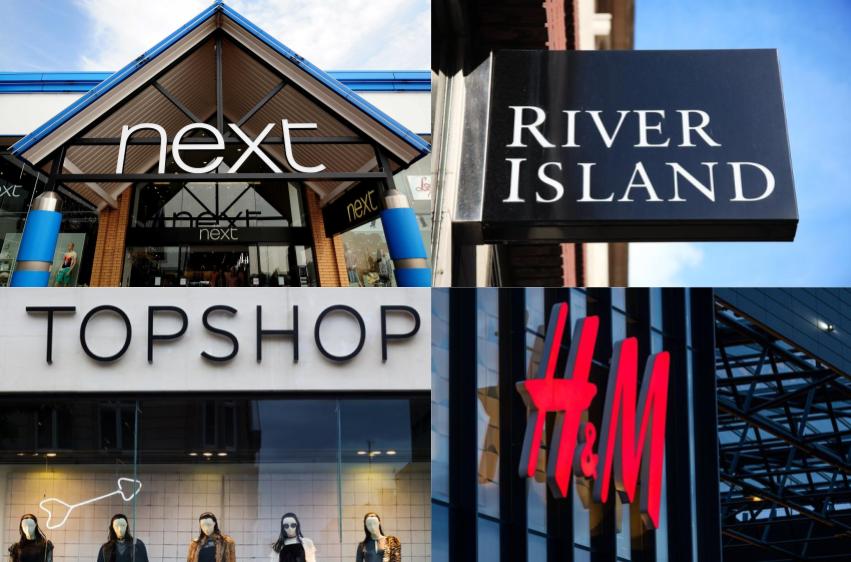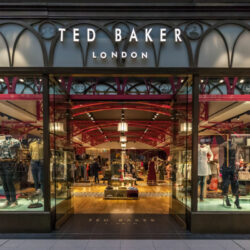“The worst place to be during times of uncertainty is somewhere in in the middle, without a compelling proposition for either value or quality.”
Prism Skylabs‘ retail senior vice president Cliff Crosbie might sound pessimistic about the much broader middle-market sector, but the facts and figures seem to be on his side.
A key battleground that lays bare the wounds of the mid-market sector is fashion. While luxury brands continue to cash in on the foreign tourists, administrators are nipping at the heels of those at a more modest price range.
This year already Brantano and Jones Bootmaker have collapsed. Last year many more, including American Apparel and Banana Republic, disappeared from high streets. Furthermore, Next and Marks & Spencer — which analysts often regard as bellwethers of UK retail — have sounded alarms over the increasingly tough market since the fall in the sterling.
As Retail Gazette established in the previous Sector Wars instalment, few think that circumstances are likely to change anytime soon. But why exactly is the sector struggling so much when its counterparts are enjoying a relative boom?
READ PART TWO HERE: Will the luxury sector win the Brexit recession?
Professor Steve Burt from the University of Sterling thinks it’s all about reducing risk.
“There is a tendency in recession to go one of two ways — for price as budgets are constrained or for known brands at higher prices because it is a known quality/reputation purchase, you know what you are getting for your money,” he told Retail Gazette.
“If you feel income and spending power are constrained then you look to reduce risk by either trying to get more for your money (discount), or making sure you know what you are getting for your money (known brands).”
“the ability to be flexible with fixed or semi-fixed costs will be important”
The depreciation of the pound since the Brexit referendum a year ago has had a huge and complex effect on UK retailers, both good and bad. To prevent becoming another administration statistic, Burt believes mid-market retailers need to consider flexibility.
“The fall in the pound should reduce buying costs, but impact ultimately will depend on scale — how much can scale be leveraged to make a difference in purchasing,” he said.
“Buying costs fall for everyone in theory so the largest and most flexible can make the most of the fall. Also the lead time becomes important, fast fashion has shorter lead times, others may buy a few months in advance.
“Mid-market often tends to go for less fashionable (up-to-the-present) styles so is likely to have longer lead times. It will take a little while for the currency impact to come, through.
“Margins will be pressured so the ability to be flexible with fixed or semi-fixed costs will be important.”
READ PART ONE HERE: Will budget retail win the next recession?
The mid-market seems to be between a rock and a hard place. Not only are margins taking a pounding, meaning there is less flexibility on which it is dependent to succeed, but both its more and less expensive rivals are stealing market share.
The University of Sterling‘s professor Leigh Sparks believes retailers need to push their unique selling point (USP) in order to fight back.
“The mid-range retailers have to focus on areas where they have some potential advantage,” Sparks said.
“They have an ability to offer a better level of service than the budget chains and a better experience, but they need to work on this and make it distinctive and valued by the consumers.
“They can also seek out somewhat ‘quirky’ or different lines to make a differential point. But it is tough especially if it costs continue to rise and incomes fall.”
“mid-market retailers are at risk of becoming Brexit casualties.”
Ed Bussey, founder and chief executive of digital retail content specialists Quill, argues that the changes don’t need to be dramatic for mid-market retailers to start competing.
“There are some simple things that mid-market brands can do better to survive during the next year,” he told Retail Gazette.
“Luxury and budget customers are much more likely to go directly to a brand‘s website. For the mid-market though, the customer journey is more likely to start with a search engine, so being visible in search engine results pages (SERP) to garner organic traffic is vital.
“The only way to do this effectively is through unique and useful content – but you‘d be amazed how many retailers we see failing to even add category page descriptions to their sites – one of the most powerful ways to secure search rankings against the large volumes of generic search traffic.
“Equally, given that product returns impact the bottom line significantly, I continue to be surprised at the consistently poor quality of product descriptions we see across the mid-market retailer sector, particularly around fit on fashion product pages.
“Unless online storefronts are held to the same quality standards as their offline stores are, and are providing at least the same level of product information as would be available from a helpful in-store assistant, then mid-market retailers are at risk of becoming Brexit casualties.”
Click here to sign up to Retail Gazette‘s free daily email newsletter


















